Current Situation and Future Trend of Emergency Management Research in China Based on Citespace
DOI: 10.23977/socsam.2023.040205 | Downloads: 12 | Views: 1122
Author(s)
Zhen Yang 1
Affiliation(s)
1 China University of Mining and Technology, Xuzhou, Jiangsu, 221116, China
Corresponding Author
Zhen YangABSTRACT
Emergency management is the cornerstone of maintaining and realizing national security and public security. It is of great practical and theoretical significance to analyze and forecast the research of emergency management. This article takes 1753 pieces of emergency management literature included in the China Social Sciences Citation Index as the research object, uses CiteSpace visualization software to conduct keyword co-occurrence and cluster analysis on emergency management, sorts out the research hotspots, research emphases, evolutionary paths, and future trends of literature in this field, and constructs the knowledge map of emergency management research. The study found that the object, system, methods, and purpose of emergency management are the 4 major areas of research. Emergency occurrences, emergency response capacity, and emergency information platforms make up the three main topics of emergency management study. Initial investigation, development and strengthening, and in-depth study are the three significant stages of emergency management evolution. A resilient emergency management system under national governance, achieving the transformation of emergency management to normalized management, and promoting the precision and refinement of emergency management in the context of big data is the future research directions of emergency management in China which are highlighted as a result of these studies.
KEYWORDS
Emergency management, emergencies, public safety, CiteSpace, resilient governanceCITE THIS PAPER
Zhen Yang, Current Situation and Future Trend of Emergency Management Research in China Based on Citespace. Social Security and Administration Management (2023) Vol. 4: 29-40. DOI: http://dx.doi.org/10.23977/socsam.2023.040205.
REFERENCES
[1] Xue Lan, Zhong Kaibin. (2005). Classification of types, levels and stages for emergencies: managerial foundation of government emergency response system. Chinese Public Administration (02), 102-107.
[2] Chen Chaomei. (2005). CiteSpace II: Detecting and visualizing emerging trends and transient patterns in scientific literature. Journal of the American Society for Information Science and Technology, 57(3), pp. 359-377.
[3] Song Yan, Li Zhenran & Zhang Ming. (2019). The long-run indirect effects of natural disasters on economic growth: analysis of synthetic control method based on county level data of Wenchuan Earthquake stricken areas. China Population, Resources and Environment (09), 117-126.
[4] Li Shuangshuang, Yang Saini, Liu Xianfeng & Liu Yanxu. (2015). Network modeling and dynamic mechanisms of the severe cold surge, ice-snow events, and frozen disasters in southern China in 2008. Geographical Research (10), 1887-1896.
[5] Xiao Xingzhi & Liang Xiaojuan. (2008). Rethinking and improvement of emergency management system of coal mine accident of our country. Research on Economics and Management (08), 49-53.
[6] Zhong Kaibin. (2020). Development of the national emergency command system: comparative case studies of the SARS, H1N1 and COVID-19. Administrative Law Review (03), 11-23.
[7] Yang Haikun & Ma Xun. (2014). New vision of emergency rule of law under overall national security concept——From Perspective of Social Security Incident. Administrative Law Review (04), 121-130.
[8] Yang Qing, Tian Yilin & Song Yinghua. (2007). Comprehensive capability evaluation system of the urban disaster emergency management based on process management. Chinese Public Administration (03), 103-106.
[9] Zhang Haibo & Tao Zhigang. (2021). The change of interagency networks in the emergency management of public health incidents. Wuhan University Journal (Philosophy & Social Science) (04), 114-126.
[10] Li Yaoyuan, Cao Rong & Xu Zhenyu. (2017). Modernization of national emergency management: meaning, standard and path. Journal of China University of Geosciences (Social Sciences Edition) (03), 141-149.
[11] Zhang Zheng & Li Zhenghua. (2022). Emergency management system construction with Chinese characteristics: Realistic Foundation, Existing Problems and Development Strategy. Journal of Management World (01), 138-144.
[12] Cai Hualing. (2021). Risk duality and the construction of public rationality in urban emergency management in China. Urban Problems (11), 90-95+103.
[13] Lei Xiaokang & Liu Bing. (2020). Construction of a normalized emergency management system: framework design and implementation path. Journal of Gansu Administration Institute (06), 57-65+126.
[14] Wang Dongjie, Xie Chuanyu & Wang Xudong. (2020). Resilient governance: A new dimension of urban community emergency management. Jiang-huai Tribune (06), 33-38+197.
| Downloads: | 6261 |
|---|---|
| Visits: | 264552 |
Sponsors, Associates, and Links
-
Information Systems and Economics
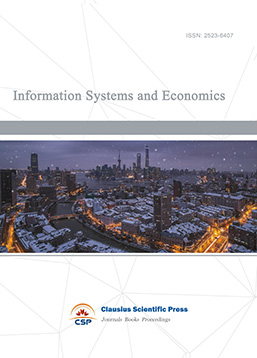
-
Accounting, Auditing and Finance
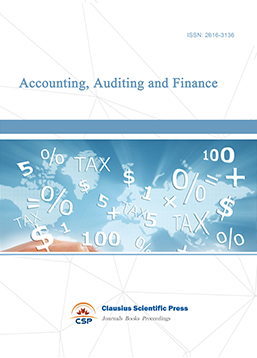
-
Industrial Engineering and Innovation Management
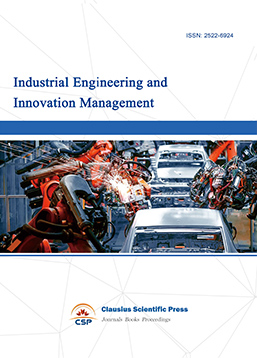
-
Tourism Management and Technology Economy

-
Journal of Computational and Financial Econometrics
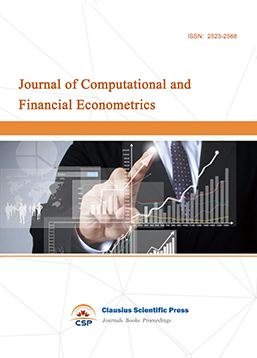
-
Financial Engineering and Risk Management
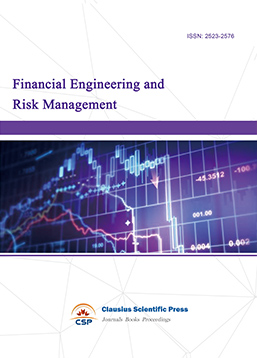
-
Accounting and Corporate Management

-
Population, Resources & Environmental Economics
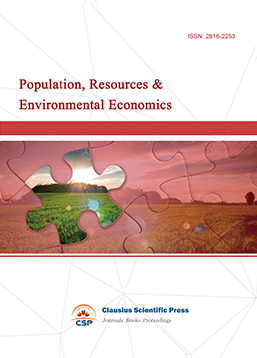
-
Statistics & Quantitative Economics

-
Agricultural & Forestry Economics and Management
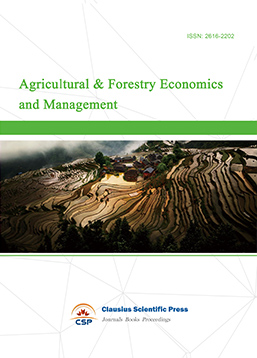
-
Social Medicine and Health Management

-
Land Resource Management
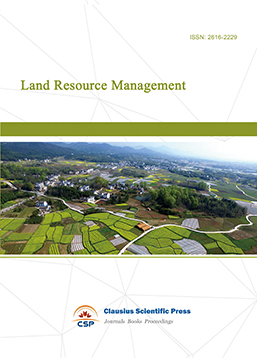
-
Information, Library and Archival Science
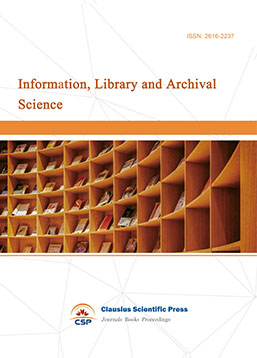
-
Journal of Human Resource Development

-
Manufacturing and Service Operations Management

-
Operational Research and Cybernetics
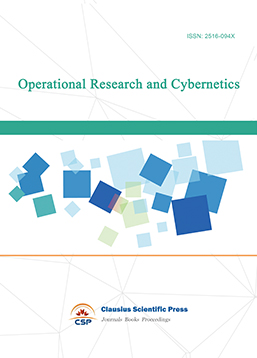

 Download as PDF
Download as PDF